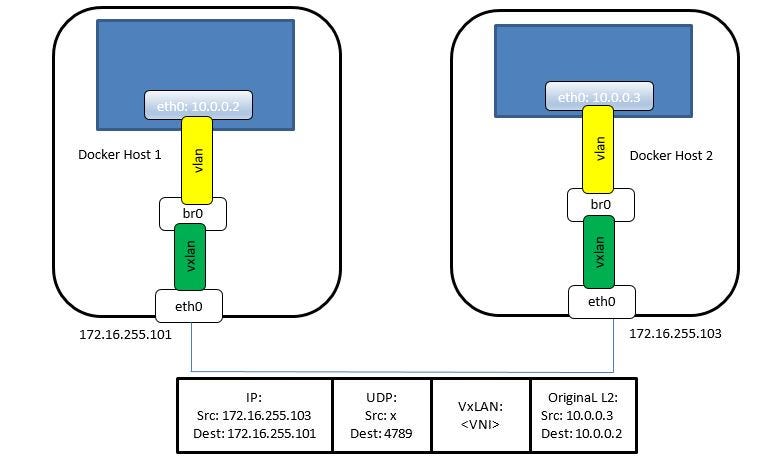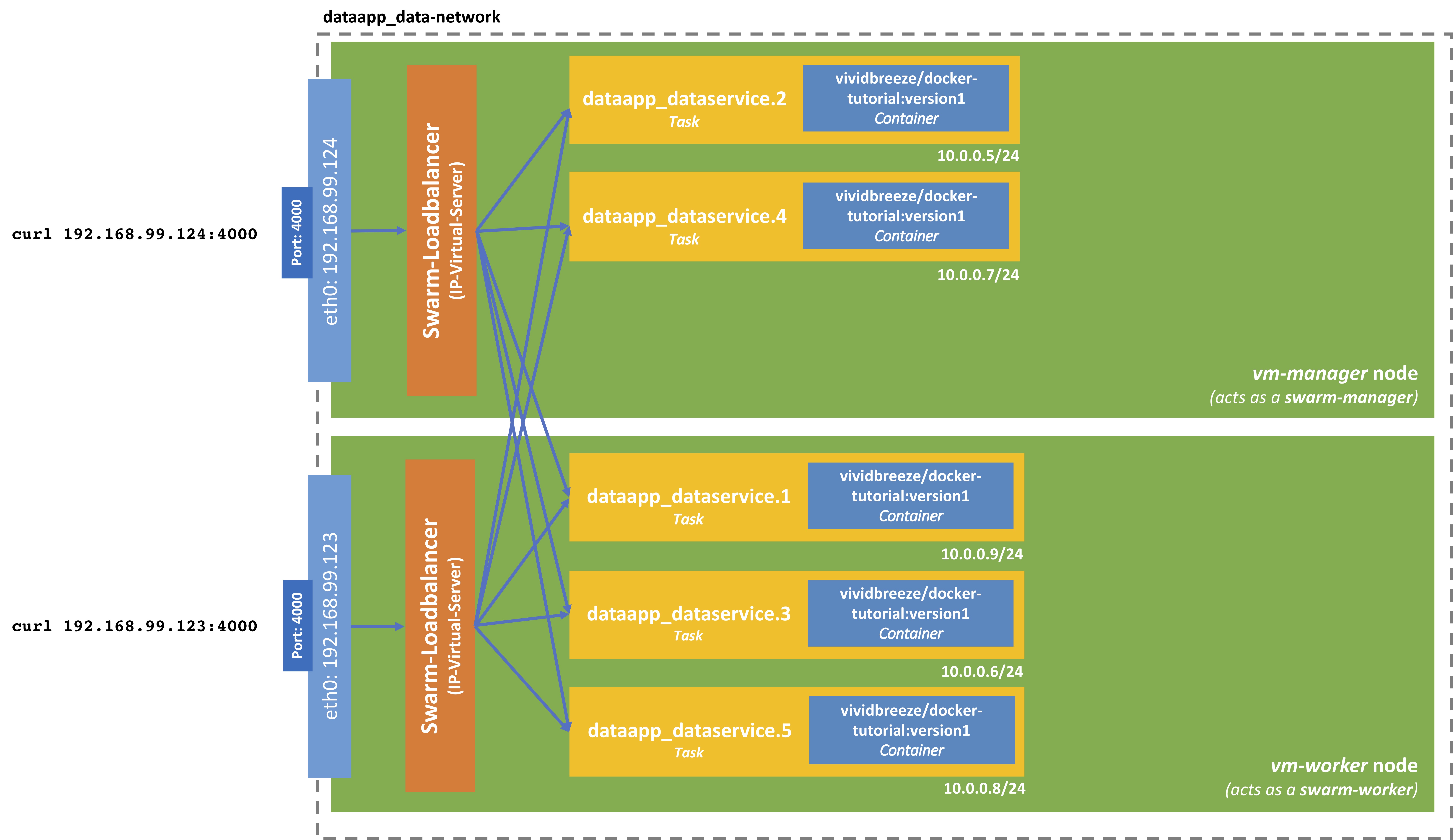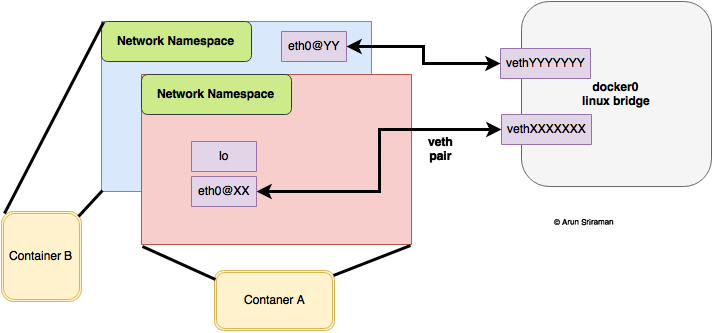

DOCKER NETWORK BRIDGE SOFTWARE
Docker has become a model for building and running containers and it is a combination of command line interface and daemon process which solves common software problems such as installation, publishing, removal, and management of containers. Docker networks automatically assign IP addresses, and the configuration of that is handled in the IPAM section.Docker is a centralized platform which supports packaging, deployment and applications execution. The output below shows us that the webhost container which has an IP address of 172.17.0.2 and a subnet mask of 16 bits, is connected to the bridge network. We can use the docker network inspect command to find out what containers are connected to what network. The none network can be thought of like a network port that is unplugged. The host network skips virtual networks altogether for performance reasons, but is less secure. The bridge network is the default docker virtual network which is behind NAT’d behind the host IP Address. The docker network ls command shows all of the networks that have been created. > docker container inspect -format '' webhost Our webhost container has the IP address of 172.17.0.2 as we can see. In the example here we are using the –format option to format the results of our command in a user friendly way. To find the IP Address of a container, we can use the docker container inspect command. The docker container port command shows us in a nice format which ports are forwarding traffic from the host to the container. Publishing ports is in the format of HOST:CONTAINER. The flag in bold -p 80:80, specifes to map TCP port 80 in the container to port 80 on the host. In the following example, an Nginx container is started with the name of webhost. This option flag is short for –publish, which creates a firewall rule which maps a port on the container to a port on the host machine to the outside world. The first thing we’ll look at when networking with Docker is the -p option. You can attach containers to any number of networks, or none if you don’t need any.

You can create networks as needed, or use the host IP (–net=host).The defaults work well in most cases but can be customized if needed.All containers on the same virtual network can talk to each other with no need for exposing ports (-p).Each virtual network routes through the NAT on the host IP.Each container is connected to a private virtual network named bridge.Some of the defaults when working with Docker Networks are as follows.
DOCKER NETWORK BRIDGE HOW TO
Most times, the bridge default virtual network is used but we’ll see how to create, connect to, and disconnect from additional networks as needed.

Most of the networking in Docker revolves around the ports in use and how to expose those ports for various services in containers. In other words, the defaults provided are common to work with but you can change any of the default options with regard to networks under the hood. In fact, in using Docker to this point, we haven’t had the need to tinker with any network settings as typically the network portion of Docker “Just Works”. Docker makes it fairly easy to set up virtual networking in a local environment.


 0 kommentar(er)
0 kommentar(er)
